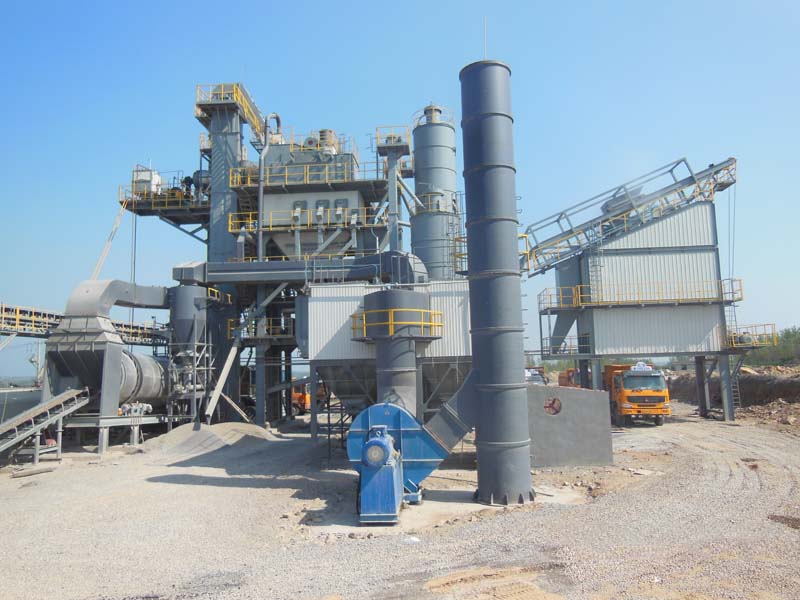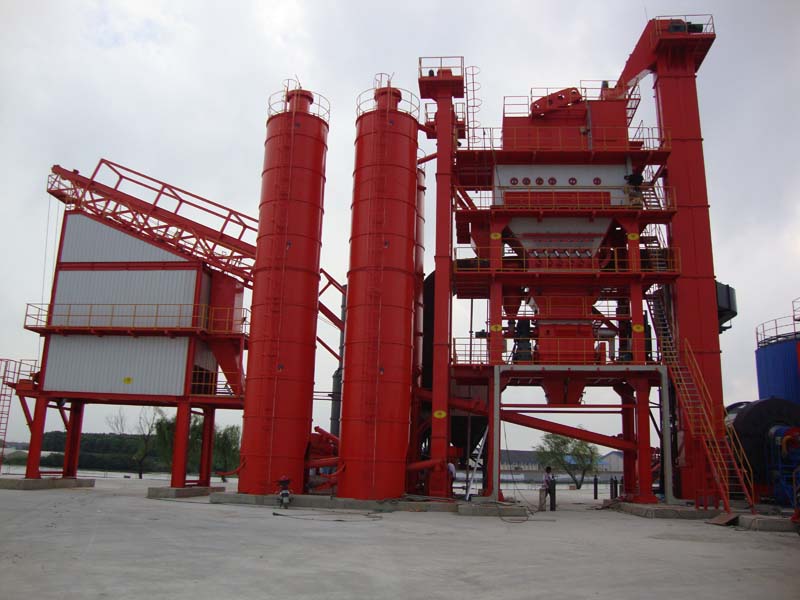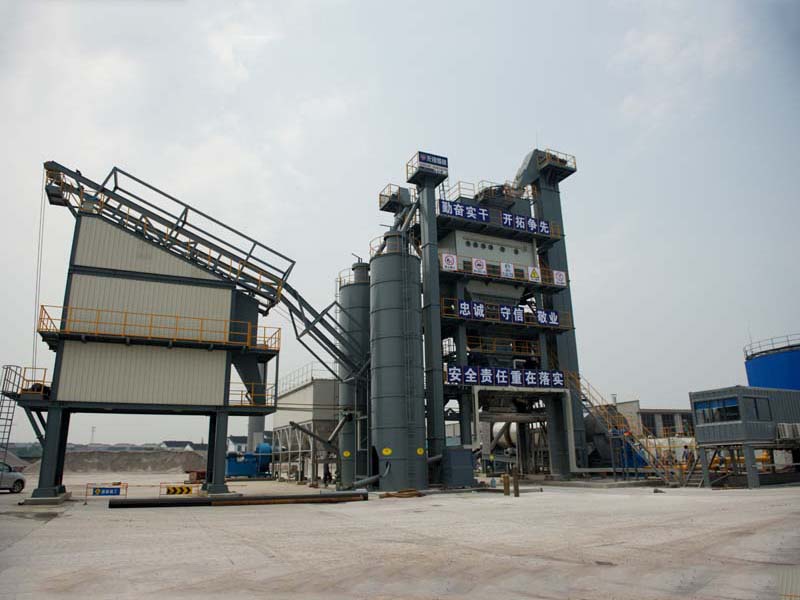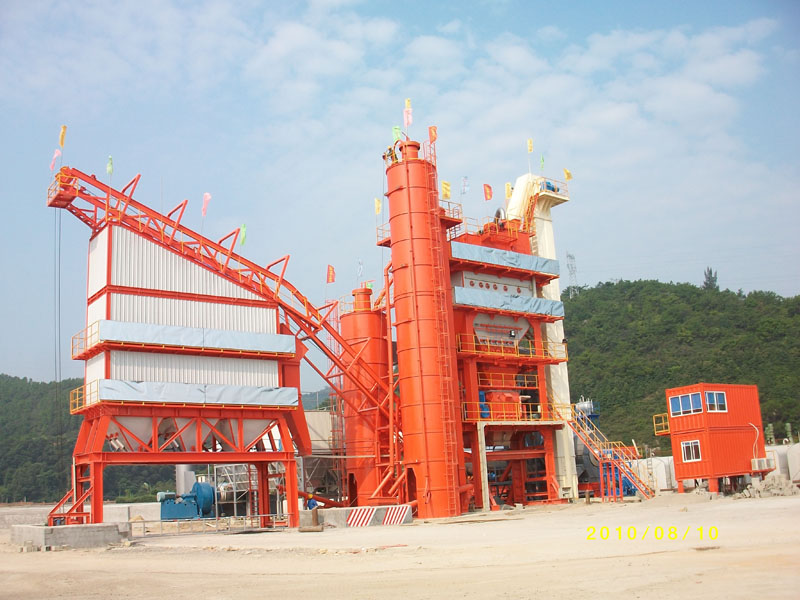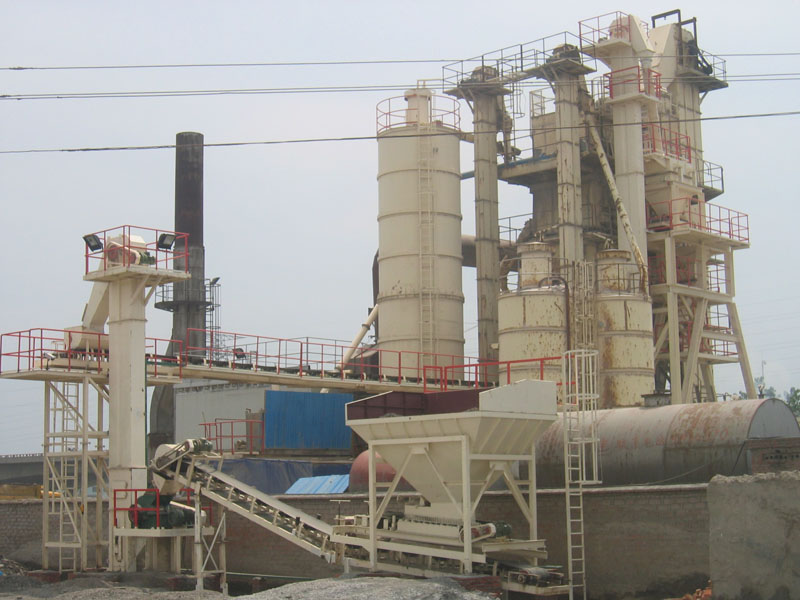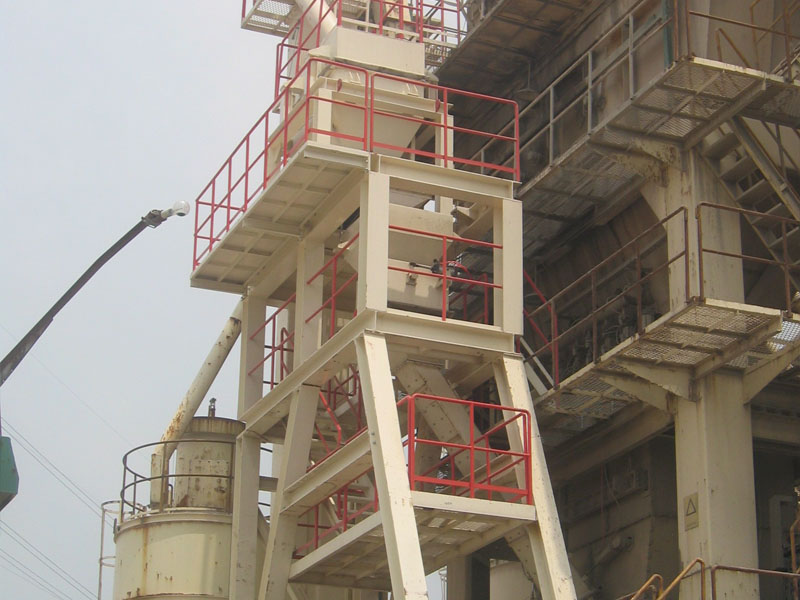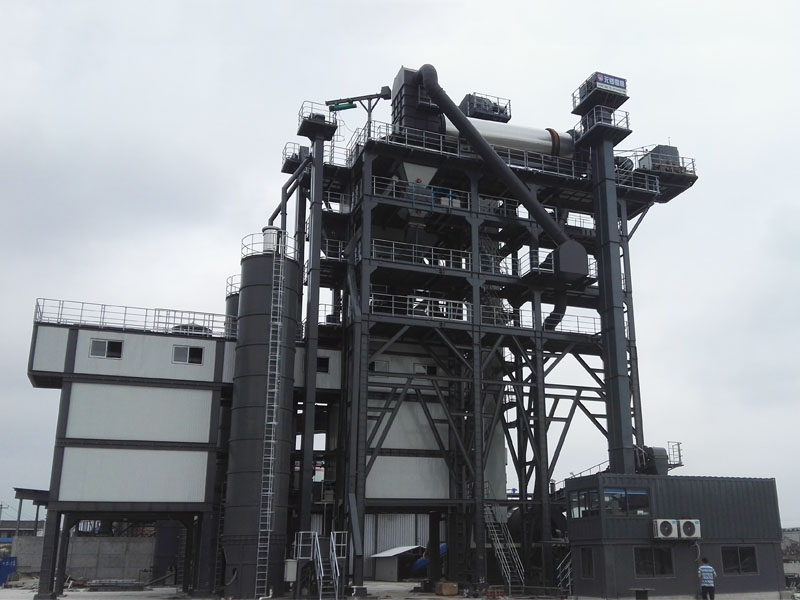 English
English Español
Español  Português
Português  русский
русский  Français
Français  日本語
日本語  Deutsch
Deutsch  tiếng Việt
tiếng Việt  Italiano
Italiano  Nederlands
Nederlands  ภาษาไทย
ภาษาไทย  Polski
Polski  한국어
한국어  Svenska
Svenska  magyar
magyar  Malay
Malay  বাংলা ভাষার
বাংলা ভাষার  Dansk
Dansk  Suomi
Suomi  हिन्दी
हिन्दी  Pilipino
Pilipino  Türkçe
Türkçe  Gaeilge
Gaeilge  العربية
العربية  Indonesia
Indonesia  Norsk
Norsk  تمل
تمل  český
český  ελληνικά
ελληνικά  український
український  Javanese
Javanese  فارسی
فارسی  தமிழ்
தமிழ்  తెలుగు
తెలుగు  नेपाली
नेपाली  Burmese
Burmese  български
български  ລາວ
ລາວ  Latine
Latine  Қазақша
Қазақша  Euskal
Euskal  Azərbaycan
Azərbaycan  Slovenský jazyk
Slovenský jazyk  Македонски
Македонски  Lietuvos
Lietuvos  Eesti Keel
Eesti Keel  Română
Română  Slovenski
Slovenski  मराठी
मराठी  Srpski језик
Srpski језик
Asphalt Cold Recycled Mixing Plant
CXTCM Asphalt Cold Recycled Mixing Plant is designed for road construction company at the first time, in order to use the milled RAP from the highway. The development of Asphalt Cold Recycled Mixing Plant has been promoted to the users of each asphalt mixing plant. It can be used with most asphalt mixing plants, with stable performance. For users to save costs, improve economic benefits.
Send Inquiry
This is CXTCM Asphalt Cold Recycled Mixing Plant, the model is CRD500, CRD1000, CRD1500 and CRD2000. The capacity is from 50T/H to 160T/H. It is suitable for different types of different output of asphalt mixing plant, not only can be matched with our own products, but also can be matched with other brands of asphalt mixing.
The Asphalt Cold Recycled Mixing Plant is to use the old asphalt mixture milled on the road, and to mix with the new asphalt mixture in the mixer of the original mixing plant by weighing it in a certain proportion. Its biggest feature is that the cold recycled material is added to the mixer of asphalt plant directly without heat, by absorbing a lot of heat of new aggregate to melt its own asphalt and improve its own aggregate temperature, by mixing with the new material fully, so that the finished material can meet the requirements of use, become a qualified finished material.
Asphalt Cold Recycled Mixing Plant can not only use the old material that road milled down, save energy, but also reduce the pollution of the old material to the environment, which is a product with high economic and social benefits.
Asphalt Hot Recycled Mixing Plant Parameter (Specification)
|
Model Content |
CRD500 |
CRD1000 |
CRD1500 |
CRD2000 |
|
Output (t/h) |
30-40 |
60-80 |
90-120 |
120-160 |
|
The most adding amount of old material |
≤15% |
≤15% |
≤15% |
≤15% |
Reserve the right to change the parameters without prior notice.
Asphalt Cold Recycled Mixing Plant Production Process Diagram
Cold RAP Feed Hopper→ Cold RAP Elevator→Cold RAP Loading Conveyer→Cold RAP feeding to the Mixer of Asphalt Plant
Asphalt Cold Recycled Mixing Plant Details
1-Pre crush and screen system
Milling material is suitable for Asphalt Cold Recycled Mixing Plant. Pre-crush and screen system will be matched with the Asphalt Cold Recycled Mixing Plant for milling material pre-crushing and screening.

2-Cold material feeding system
Asphalt Cold Recycled Mixing Plant adopts one cold hopper, using continuous weighing method, it's more accurate than the volume type weighing, thus ensuring the grading accuracy of the finished material.

3- Old material elevator and conveyer
Plate chain structure for Asphalt Cold Recycled Mixing Plant’s Old material elevator. It is more stable than the anchor chain in work. The bottom of each lifting bucket adopts arc structure, and is not easy to adhere to the old material.
Belt conveyer for transport old material storage bin.


4- Storage Bin
Asphalt Cold Recycled Mixing Plant’s storage bin is for storing the cold RAP. Which weight shall not exceed 4 tons, otherwise the storage bin will overflow. The real-time data of the storage bin feed can be seen on the storage bin, and the storage volume can generally be maintained at about 300~400 kilograms during normal production.

Asphalt Cold Recycled Mixing Plant Feature and Application
Asphalt Cold Recycled Mixing Plant is a kind of equipment that uses the old asphalt mixture milled on the road to mix with the new asphalt mixture in the mixer of the asphalt mixing Plant according to a certain proportion.
The old material heats itself by absorbing the temperature of the new aggregate, so the temperature of the new aggregate must be raised very high, and the proportion of the old material is generally less than or equal to 10% of the total mixture, and the temperature of the new aggregate must be controlled above 200 ° C, so that the temperature of the finished material can be guaranteed at about 160 ° C. And the mixing time must also be stirred for more than 45 seconds, so as to ensure that the old material is fully mixed with the new material, to ensure that the old material fully absorbs the heat
The whole set of mixer is cold before each startup, so do not use cold recycled material when starting to mix, and so on, after the mixer mixes the new material normally, then the mixer is fully preheated, reduce the amount of feed, increase the aggregate temperature to more than 200℃, and at the same time, startup Asphalt Cold Recycled Mixing Plant.
Asphalt Cold Recycled Mixing Plant is high economic and social benefits.


